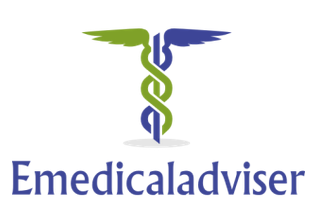Gall bladder stones are among the most common digestive problems. These stones are hard, pebble-like pieces of material usually formed due to the presence of cholesterol and bilirubin in your gall bladder. It can range in sizes starting from a grain of sand to the size of a golf ball. When such bile composed mainly of cholesterol block any ducts from the liver to the small intestine, it crystallises and causes pain to the individual, thus calling for gall bladder treatment. There are many ways in which you can reduce gall bladder stones, a few of which are discussed below:
Weight Control / Weight Management
Rapid weight gain or loss can result in crash diets and cause such residues in the gall bladder. Weight loss should be monitored and uniformly reduced slowly until you reach your goal. Sudden gain after weight loss also might trigger such crystallisation in the bladder.
Avoid Fatty Foods
It is important to avoid fatty foods when it comes to reducing the formation of gallstones as they mainly comprise of cholesterol. So, consume fatty foods like meat, butter, or any other animal product in moderation as it may increase the risk of gallstones.
Balanced Diet
Recent studies show that you are more vulnerable to develop gallstones if you are obese, especially if you are a woman, experienced rapid weight loss and gain, been on high calories, refined carbohydrates or low fibre diet.
Daily Exercise and Adequate Hydration
Regular cardio is always healthy for both the mod and the body. It helps boost your immunity and keeps you fresh throughout the day. It is a helpful practice for weight management. At the same time, keeping the body hydrated is another essential step to take. Water is the best available and cost-effective mode of gall bladder treatment to avoid many diseases, especially diseases related to the digestive system.
If you want to avoid the formation of gall bladder stones and stay healthy, make sure that you follow the above-discussed ways.



